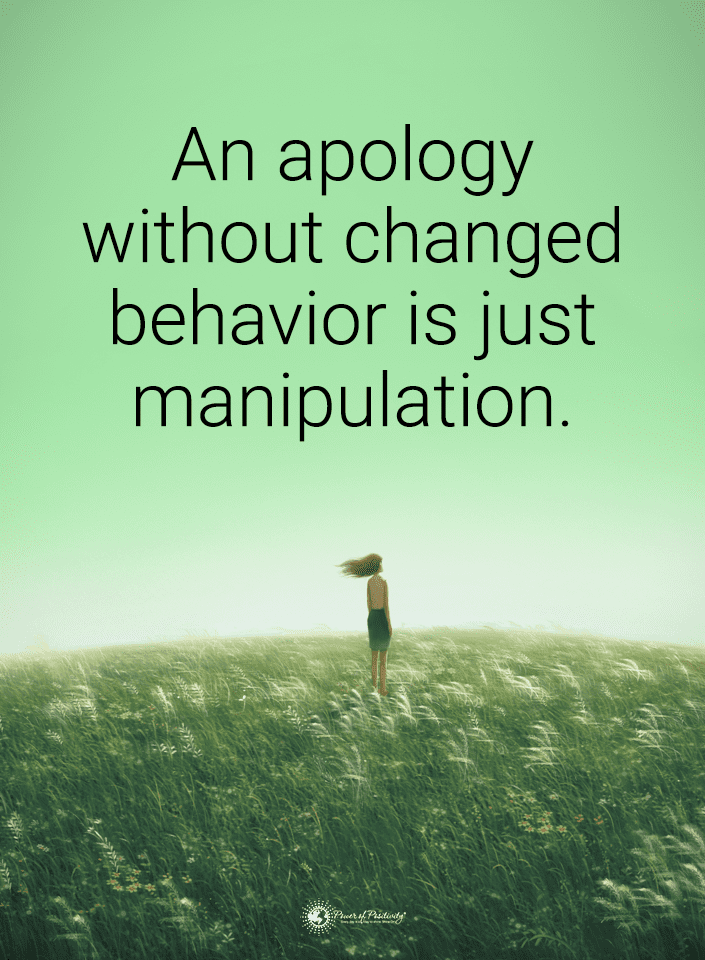The insights of Fortune 500 CEOs provide valuable guidance and inspiration for aspiring leaders and business enthusiasts seeking good fortune. The corporations they run have a track record of success, so their wisdom is ideal for aspiring leaders and business enthusiasts.
Those leading businesses in the Fortune 500 can help teach you courageousness and thoughtful leadership. They help you realize how the people on this planet are essential in building good fortune because you can’t do things alone. Without others, leaders wouldn’t have such an impact on the world.
Good Fortune 500 CEOs have the leadership skills necessary to grow a business and encourage success. It shows determination and power, leading to growth through diversity and other means. Using the wisdom of those who have already succeeded can help anyone hoping to experience growth, success, and good fortune.
Wisdom from Fortune 500 CEOs
Learning from the wisdom and experience of Fortune 500 CEOs (and other industry leaders) is valuable if you want to achieve good fortune. You can learn from their leadership insights, business acumen, and corporate strategies.
They teach courageousness through thoughtful, positive leadership. Those in the Fortune 500 have integrity, passion, leadership, and a vision for the future. They want things to get better, and their leadership insights show it. These people want everyone to be the best version of themselves.
Without other people, a leader’s growth won’t matter. They need people to mentor and teach for their wisdom to get shared. Their impact makes a difference in all aspects of life, especially regarding those who can foster the growth they want.

Quotes on Leadership
“You have to be very nimble and very open-minded. Your success is going to be very dependent on how you adapt.” – Jeremy Stoppelman (Yelp)
Open-mindedness is essential for leaders if they want to see positive change. If you’re a leader, you’ll also want to be adaptable because change is inevitable. These leadership qualities can positively influence team management.
“Leaders get out in front and stay there by raising the standards by which they judge themselves – and by which they are willing to be judged.” – Frederick W. Smith (FedEx)
Leaders must adhere to high standards, continually working toward growth for themselves and those they lead. Prepare for judgment as a leader because others are always watching.
Quotes on Vision and Strategy for Good Fortune
“There’s no universal playbook for organizations to follow right now – we each have parts to play, and if you know your purpose, it’s much easier to determine what you are best positioned to contribute in difficult times.” – Roger Crandall (Mass Mutual)
This quote reminds you that there are no specific rules for how to do things. Instead, all your can do is recognize your purpose and do your best. It requires strategic planning to determine who will be a good option for every part of the business.
“As the CEO, I have to take care of the short term, mid-term, and the long term.” – Carlos Ghosn (Michelin North America)
Visionary thinking requires thinking of immediate business growth and what you should do long-term. You can’t strategically plan for the future if you only think of the present.
“What we need to do is always lean into the future; when the world changes around you and when it changes against you – what used to be a tailwind is now a headwind – you have to lean into that and figure out what to do because complaining isn’t a strategy.” – Jeff Bezos (Amazon)
Change is inevitable, and you must envision what’s coming so you can plan for it. Avoiding the change makes it harder, and complaining won’t help. Instead, accept and adapt so you can continually experience good fortune.
Quotes on Innovation by Fortune 500 and Other Business Leadership
“The best way to predict the future is to invent it.” – Alan Kay (Xerox PARC, Research and Development Executive)
This quote can motivate you to use creativity and an innovative mindset to shape your future. If you don’t focus on finding ways to fulfill your vision, someone else might force a different path. Don’t wait to see what happens when you could be pursuing everything you want and need.
“Our industry does not respect tradition – it only respects innovation.” – Satya Nadella (Microsoft)
Things can’t always stay the same, and you’ll likely experience a disruption in how you do things. Innovation is essential to overcoming issues or forced changes and encourages you to push through.
“Innovation distinguishes between a leader and a follower.” – Steve Jobs (Apple)
This quote from Steve Jobs reminds you that you must differentiate yourself from those who don’t lead. Practice innovation and embrace change before you get forced, and you’re sure to be a leader rather than a follower.
Quotes on Teamwork and Collaboration
“If you want to lead others, you’ve got to have their trust, and you can’t have their trust without integrity.” – James Hackett (Ford Motor Company)
Leading others requires gaining their trust so they listen to your wisdom and follow your example. It requires integrity, so show them you’re true to your word and sticking to your values.
“We collectively, to get things done, work together as a team. Because the work really happens horizontally in our company, not vertically.” – Tim Cook (Apple)
Team collaboration is one of the most essential aspects of building an influential corporate culture. It makes things work better while encouraging positive employee engagement for good fortune.
Quotes on Resilience and Perseverance
“The first step toward success is taken when you refuse to be a captive of the environment in which you first find yourself.” – Mark Caine (Google, Senior Lead for Energy and Climate)
When you don’t like your situation, show your grit and make a change to find good fortune. Focus on overcoming challenges to reach your goals and persevere on your journey.
“I do not think that there is any other quality so essential to success of any kind as the quality of perseverance. It overcomes almost everything, even nature.” – John D. Rockefeller (Standard Oil Co.)
Perseverance can help you overcome any obstacle or challenge, finding new ideas to reach your goal. It’s one of the best qualities of successful people, so remember this quote anytime you feel like giving up.
Quotes on Success and Achievement by CEOs of Fortune 500 and Other Businesses
“The world is changing very fast. Big will not beat small anymore. It will be the fast beating the slow.” – Rupert Murdoch (21st Century Fox)
You don’t need a more prominent company than others to experience business success and good fortune. Instead, corporate achievement comes from reaching milestones before others.
“To be successful, you have to have your heart in your business, and your business in your heart.” – Thomas J. Watson (IBM)
Success and good fortune come from caring about and loving what you do. Even when you experience job-related stress, you should still have your heart in it.
“The most important thing is to try and inspire people so that they can be great in whatever they want to do.” – Kobe Bryant (Kobe Inc)
Inspiring your team is the best way to find success and promote positivity at work. As Kobe Bryant explained, you should want those around you to be the best version of themselves.

Quotes on Risk and Opportunity
“Risk more than others think is safe. Dream more than others think is practical.” – Howard Schultz (Starbucks)
Risk-taking can be scary but can help find a beneficial business opportunity and good fortune. When others might hold back, consider what could happen if you didn’t.
“The biggest risk is not taking any risk… In a world that’s changing really quickly, the only strategy that is guaranteed to fail is not taking risks.” – Mark Zuckerberg (Meta)
Not taking a calculated risk can hinder your path to success more than sticking to safe options. Things constantly change, so you must keep trying new things to see what will come of it.
Quotes on Integrity and Ethics for Good Fortune
“Ethics must begin at the top of an organization. It is a leadership issue and the chief executive must set the example.” – Edward Hennessy (Allied Signal-Honeywell)
Leaders set the tone for corporate ethics and integrity. The values they practice will affect the behavior of others in the organization. If you’re a leader, remember that you must guide your team and ensure the company environment is what you want.
“Corporate social responsibility is a hard-edged business decision. Not because it is a nice thing to do or because people are forcing us to do it… because it is good for our business.” – Niall Fitzerald (Unilever)
Prioritizing integrity and respect makes people feel good, and it’s helpful to the overall business. When you practice positive corporate ethics, your team will be more motivated to do their best and work together.
“If you do not treat people with the respect they deserve, do not expect any kind of commitment to your productivity goals and target.” – Ian Fuhr (Sorbet)
Your team won’t commit to the overall goal if they don’t feel respected. Make sure everyone feels like an asset and can trust you for the best results.
“To build a great company, which is a CEO’s job, sometimes you have to stand up against conventional wisdom.” – Carly Fiorina (Hewlett-Packard)
You don’t always have to do what people expect, and it’s okay to question common beliefs. If something doesn’t align with your values, you can take a stand and do something different. This quote from Carly Fiorina reminds you to do what’s best for the greater good of your company.
Quotes on Continuous Learning and Growth
“An organization’s ability to learn, and translate that learning into action rapidly, is the ultimate competitive advantage.” – Jack Welch (General Electric)
Continuous learning is essential to professional development so you can ensure growth. It helps you stay ahead of the competition and practice new methods before others, making you more likely to experience good fortune.
“Just because you are CEO, don’t think you have landed. You must continually increase your learning, the way you think, and the way you approach the organization. I’ve never forgotten that.” – Indra Nooyi (PepsiCo)
Self-improvement should never end because it’s the only way to experience growth. Even when you’ve reached your goals, there’s always something more to learn.
Quotes on Work-Life Balance
“Take care of yourself: When you don’t sleep, eat crap, don’t exercise, and are living off adrenaline for too long, your performance suffers. Your decisions suffer. Your company suffers. Love those close to you: Failure of your company is not a failure in life. Failure in your relationship is.” – Ev Williams (Twitter co-founder)
Many people falsely believe you must spend all your time working to find success and build a business. However, consider prioritizing a work-life balance because taking care of yourself is an essential part of the process. This quote reminds you that if you want success, you must seek a balance that allows you to take care of yourself.
“The key to balancing work and life is finding something that you love to do, and making it work for you.” – Marissa Mayer (Yahoo)
If you struggle to balance your work culture and personal life, it might be time to focus on finding something else. Think of what you might love doing, then do whatever it takes to make it happen. When you do, you’ll have an easier time finding and maintaining balance in all areas of your life.

Final Thoughts on These Fortune 500 CEO Quotes
These inspirational business leadership quotes by leading CEOs offer valuable lessons and wisdom you can use in your practices. Remember the quotes that resonate with you the most so they can motivate you to find success and good fortune.
Quotes about business strategy and innovation can inspire you on your journey, helping you put in your best effort. It also encourages those around you to do their best and help reach overall goals.


















